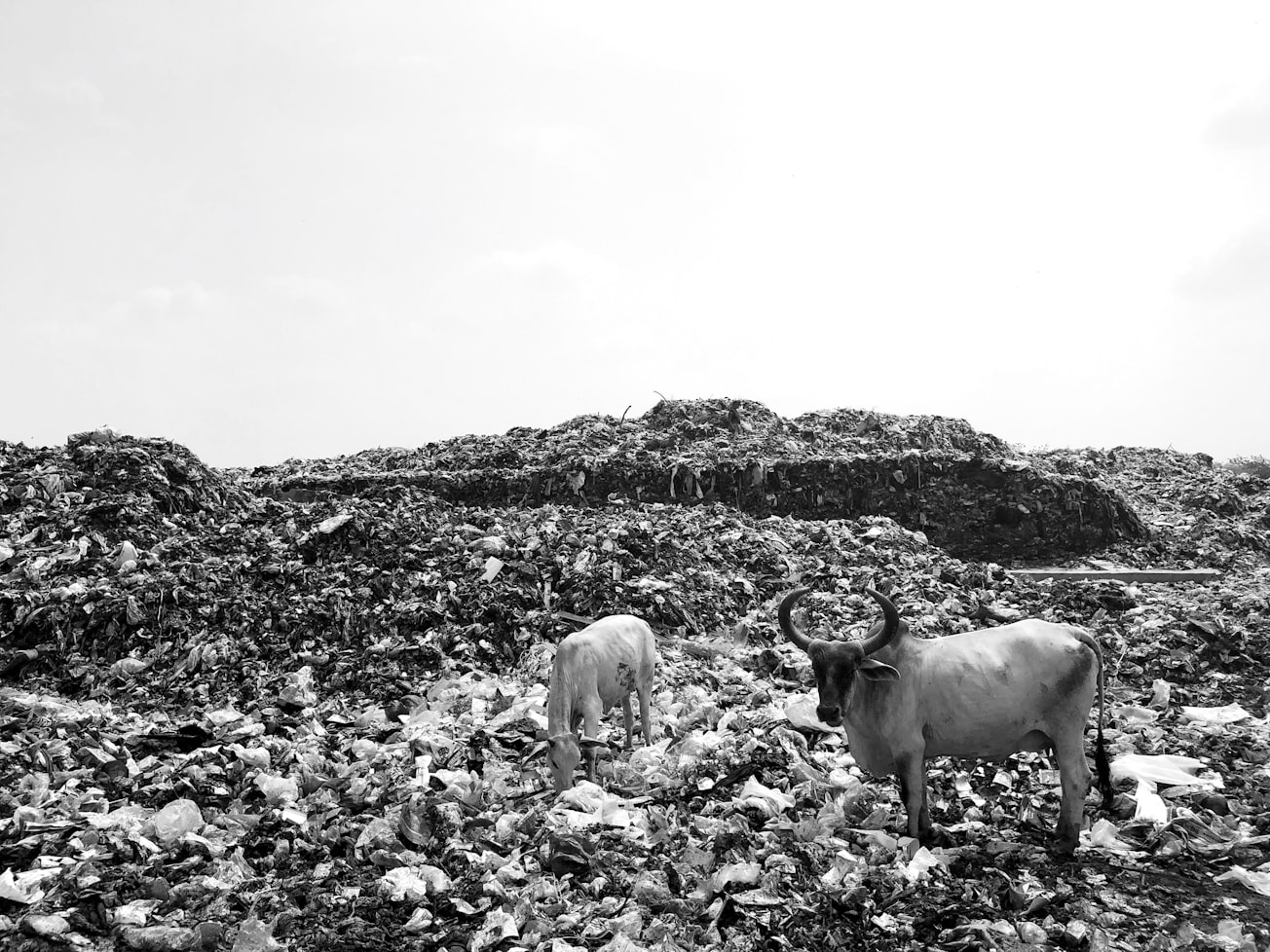What is it about?
This paper focuses on the current status and challenges of different Waste to Energy technologies used in Europe, US, China, Japan and India. This paper recommends that waste incineration should not be treated as a source of renewable energy and suggests anaerobic digestion methods (bio-methanation) as a solution for countries, especially India, with more biodegradable waste.
Featured Image

Photo by Pop & Zebra on Unsplash
Why is it important?
In order to have sustainable future, we need to tackle municipal solid waste issues in such efficient manner where we move towards zero waste villages, cities and countries. Waste incineration should not be treated as a source of renewable energy. The perpetuation of this myth has deeply harmful ramifications. Countries such as USA and India are promoting waste-to-enery (WtE) as a renewable energy source. This is not only against the vision of zero waste but also another pollution source for countries which generates more bio-degradable waste compared to dry waste.
Perspectives
I hope this article makes people more aware about the waste segregation practices and how necessary it is to follow in day-to-day life. State governments must make sure that segregation, collection and recycling take place as per the Solid Waste Management Rules, 2016 in India. Citizen participation and their engagement would enable India and other developing nations to move from unsustainable practices to sustainable ones. With the current status and practice of landfills and WtE projects in EU, US, Japan, China and India, I hope it motivates readers to develop waste management practices such as segregation at source, recycling and re-use, while aiming towards zero waste practices.
Harsh Vardhan Bhati
Uppsala Universitet
Read the Original
This page is a summary of: Waste-to-Energy Projects (Part II): Comparing Approaches, Environmental Policy and Law, December 2020, IOS Press,
DOI: 10.3233/epl-200210.
You can read the full text:
Contributors
The following have contributed to this page







